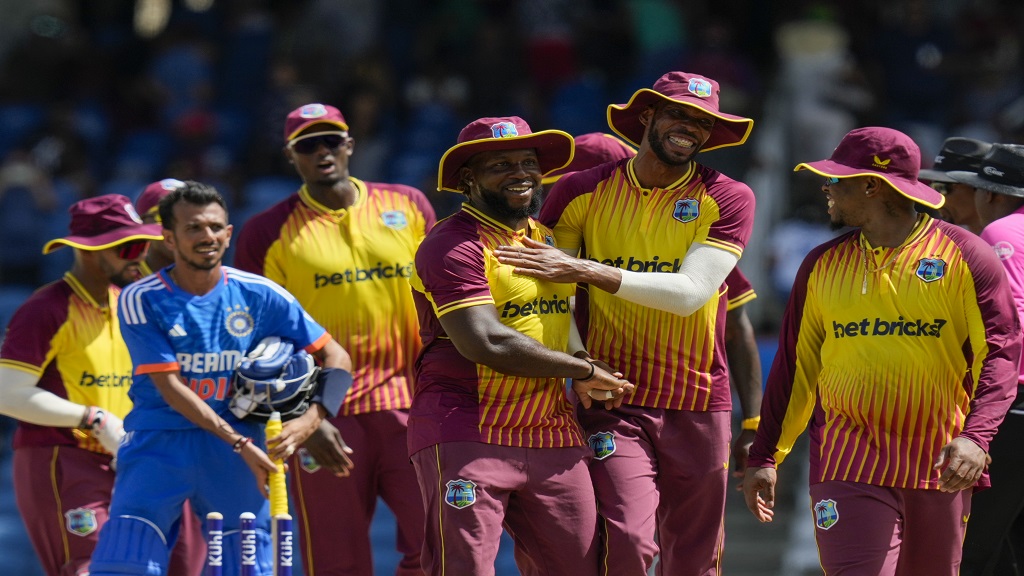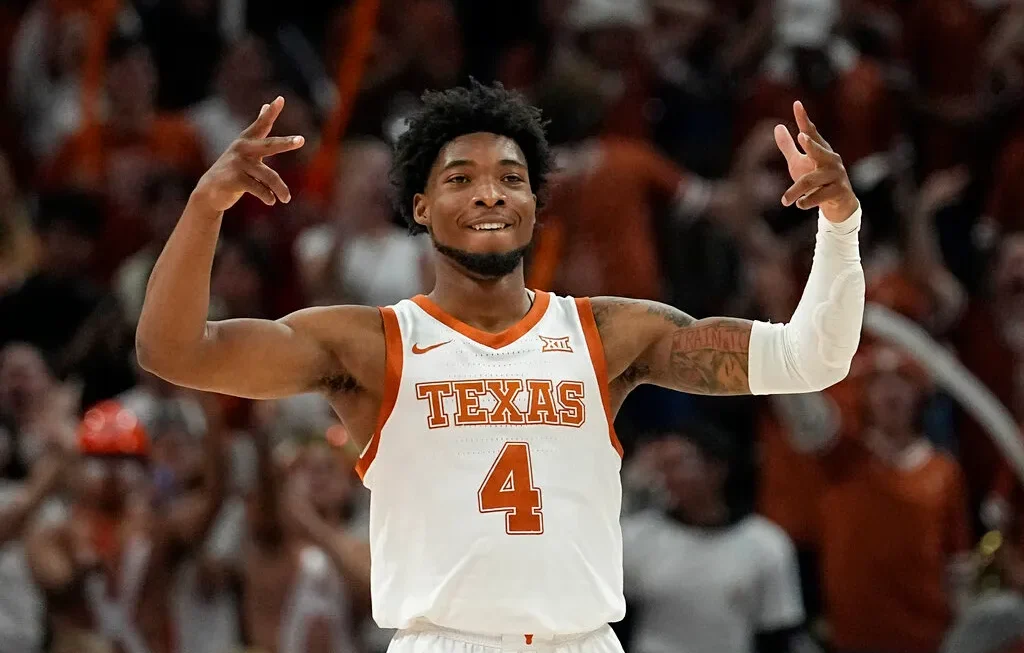Introduction
The cricketing rivalry between the India National Cricket Team and the West Indies Cricket Team is one of the most storied in the sport’s history. It’s a rivalry that spans over seven decades, filled with epic battles, unforgettable moments, and a seesaw of dominance between the two teams. Understanding the timeline of their encounters offers insight into how this rivalry has evolved and why it remains a significant fixture in international cricket. This article explores the key milestones, memorable matches, and the lasting impact of the India vs. West Indies rivalry on the global cricketing landscape.
Early Encounters (1948-1970s)
The first chapter of this rivalry began in 1948 when India toured the West Indies for a five-match Test series. West Indies, at the time, was establishing itself as a powerhouse in world cricket, while India was still finding its feet in the international arena. The series ended with West Indies dominating, winning three matches, with two ending in a draw. This period marked the beginning of a lopsided rivalry, where the West Indies consistently outperformed India, especially on home soil.
The 1960s and 70s saw the West Indies at the peak of their powers. Led by legends like Sir Garfield Sobers, Rohan Kanhai, and Clive Lloyd, the Caribbean team became synonymous with aggressive, fast-paced cricket. India, on the other hand, struggled against the pace and aggression of the West Indian bowlers, who were unmatched in the world during this era. However, Indian players like Sunil Gavaskar began to emerge as formidable opponents, laying the groundwork for more competitive encounters in the years to come.
One of the most memorable matches of this era was the 1971 series in the West Indies, where India secured its first-ever Test series win against the West Indies, led by Ajit Wadekar. This victory was a turning point for Indian cricket, signaling the start of a new era where India could compete and win against the best in the world.
The Shift in Power (1980s-1990s)
The 1980s marked a significant shift in the India-West Indies rivalry. India’s cricket team, now led by stalwarts like Kapil Dev and Mohinder Amarnath, began to challenge the West Indies’ dominance. The 1983 World Cup final is perhaps the most iconic moment in this rivalry, where India defeated the West Indies to win their first-ever World Cup. This victory was not just a triumph for Indian cricket but also a symbolic shift in the balance of power in world cricket.
The World Cup win had a lasting impact on the rivalry, as India began to assert itself as a formidable force in international cricket. The 1980s and 90s saw several hard-fought series between the two teams. The West Indies were still a dominant force, with players like Viv Richards, Malcolm Marshall, and Courtney Walsh leading the charge, but India was no longer an easy opponent.
Key series during this period, such as the 1989 tour of India by the West Indies, were marked by intense competition and memorable performances. Despite the West Indies often coming out on top, India’s performances were increasingly competitive, signaling a more balanced rivalry. The emergence of players like Sachin Tendulkar and Anil Kumble further bolstered India’s prospects in these encounters, setting the stage for a more even contest in the years to follow.
The Modern Era (2000s-Present)
The modern era of the India vs. West Indies rivalry has seen a more balanced contest between the two teams. While the West Indies’ dominance in world cricket waned, India emerged as a cricketing powerhouse. The early 2000s witnessed India, led by Sourav Ganguly and later by MS Dhoni, taking on a West Indies team that was rebuilding after the retirements of several key players.
India’s consistent performances against the West Indies in both Test and limited-overs cricket highlighted the shift in power. Memorable matches, such as India’s historic 2006 Test series win in the West Indies, were characterized by strong team performances and individual brilliance from players like Rahul Dravid, who played a crucial role in India’s success.
The influence of the Indian Premier League (IPL) on this rivalry cannot be understated. The IPL brought Indian and West Indian players closer, fostering camaraderie and mutual respect. Players like Chris Gayle, Kieron Pollard, and Dwayne Bravo became fan favorites in India, further blurring the lines of rivalry. However, when it comes to international cricket, the competitive spirit remains as strong as ever.
In recent years, series between India and the West Indies have continued to produce exciting cricket, with both teams showcasing their strengths. The West Indies, known for their explosive batting in T20 cricket, have often tested India’s bowling, while India’s depth in batting and emerging pace attack has posed challenges for the West Indies.
Memorable Moments and Records
The India-West Indies rivalry is replete with memorable moments and records that have become part of cricketing folklore. From the heroics of Kapil Dev in the 1983 World Cup final to Anil Kumble’s ten-wicket haul against Pakistan in 1999, the rivalry has seen some of the sport’s greatest individual performances.
One of the most iconic matches in recent history was the 2016 ICC T20 World Cup semi-final, where the West Indies defeated India in a high-scoring thriller, thanks to a blistering innings by Lendl Simmons. This match highlighted the unpredictable nature of the rivalry, where either team can emerge victorious on any given day.
Record-breaking performances have also been a hallmark of this rivalry. For instance, Sunil Gavaskar’s 13 centuries against the West Indies remain a record, showcasing his mastery over the Caribbean bowlers. On the other hand, the West Indies’ fast bowlers have consistently troubled Indian batsmen, with records such as Malcolm Marshall’s seven-wicket haul in 1983 still remembered as one of the finest bowling performances against India.
The Impact of the Rivalry on World Cricket
The India-West Indies rivalry has had a profound impact on world cricket. It has not only provided fans with thrilling matches but also contributed to the evolution of the sport. The rivalry has influenced playing styles, with India adopting a more aggressive approach in the 80s and 90s, inspired by the West Indies’ dominance.
The cultural exchange between the two cricketing nations has also enriched the sport. The passion and flair of West Indian cricket have found a home in India, especially through the IPL, where West Indian players are celebrated for their charisma and talent. This exchange has strengthened the bond between the two cricketing nations, even as they continue to compete fiercely on the international stage.
Conclusion
The timeline of the India vs. West Indies cricket rivalry is a testament to the enduring spirit of the sport. From the early dominance of the West Indies to the more balanced contests of recent years, this rivalry has evolved but never lost its intensity. As both teams continue to face off in the future, fans can expect more memorable moments, epic battles, and records to be broken. The India-West Indies rivalry is not just a fixture on the cricket calendar; it is a celebration of the game’s rich history and the competitive spirit that drives it.


